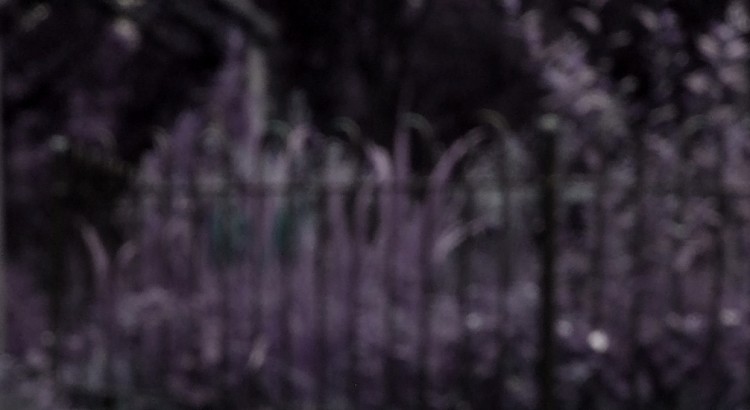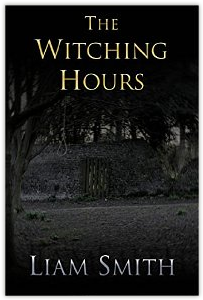I watched Maleficent this week. It’s Disney’s live action revision of the studio’s own Sleeping Beauty, told from the point of view of the eponymous villain. I enjoyed it; Angelina Jolie pulls it out the bag with a great performance that forms the central pillar of the film. It got me thinking about the style of modern Disney films, and about the modern approach to adapting or reimagining fairy tales. Subverting fairy tales, to be exact.
The Wolf in Sheep’s Clothes
I’m conscious that putting a new spin on a fairy tale is nothing new to cinema. The Company of Wolves, Neil Jordan’s 1984 adaptation from Angela Carter’s The Bloody Chamber, springs to mind as an early and particularly well-realised twisting of a classic tale.
The Company of Wolves is a loose mutation of Little Red Riding Hood. But the film isn’t so much a subversion of a fairy tale as a stripping of it; a skinning away of lupine flesh and fur to reveal the skeleton of the story. Beneath the surface it’s a cautionary tale that warns of the dangers of stepping off the woodland path, of meeting strange men in the forest. There’s the wolf of horror nestled inside the approachable fairy tale sheep.
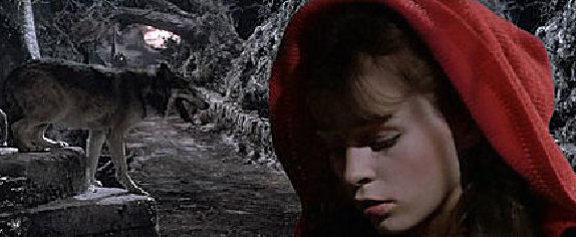
Company… dresses up such warnings with horrifying and imaginative visuals, all bloody snouts and ripping claws. It’s definitely a horror film, but elegant with it, and its dream-like ambience and sub-stories – all started, of course, with ‘Once upon a time…’ – make it very much a fairy tale, if an adult one. It’s an attempt to visualise the latent danger in the genre: children’s fairy tales often feature moral messages or lessons dwelling within the narrative.
True Love’s Cliché
It has to be said though – splattery werewolf transformations and dismemberments aren’t really part of Disney’s modus operandi, though the studio has ever flown the flag for injecting some truly terrifying content into children’s fantasy films. Many a child has likely hidden behind a cushion at the entrance of the evil queen in Snow White… or wept themselves to sleep after Bambi’s devastating central twist. This refusal to tone down the content in children’s films is integral to the company’s endurance through the generations. It’s also Disney’s representation of both the threat and happiness in classic tales that ensures it respects and accurately represents its source material.
More recently, however, Disney has been offering a few twists on the traditional fairy tale formula. The aforementioned Maleficent fills in the back story of the formerly irrevocably evil fairy from Sleeping Beauty; it informs us that there is always more to the story, that even the villains have reasons for turning bad. It also dissents over ‘true love’s kiss’, always a staple contrivance of classic Disney productions.
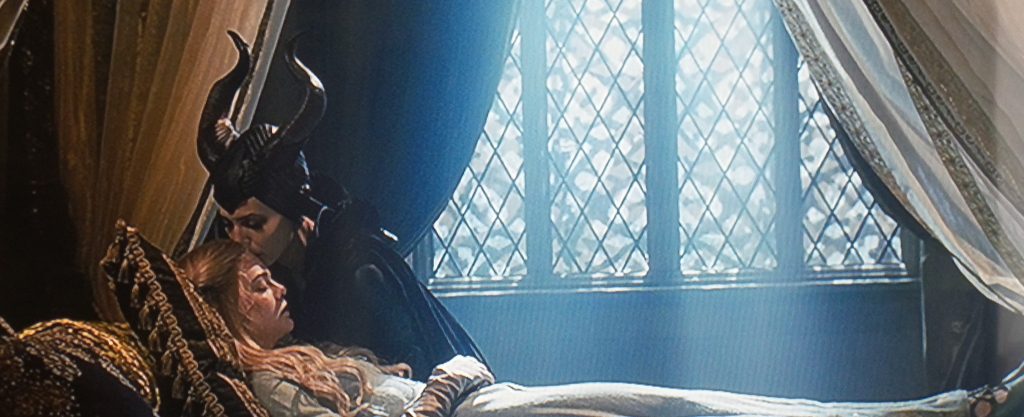
I like the latter alteration more than the former. Such an archetypal plot device as the life-saving kiss might suit a traditional adaptation but it feels hackneyed in a reimagining that, by its own nature, wants to challenge the clichés and preconceptions of an established story. By jettisoning its traditional use but cleverly acknowledging it in the film, its absence becomes subversion. It’s by taking part of a story and changing its purpose or role that we illuminate new aspects of it. This is the cornerstone of subverting fairy tales.
Malice Through the Looking Glass
And now to the representation of a villain as an anti-hero; to seeing the face of evil reflected in a different mirror.
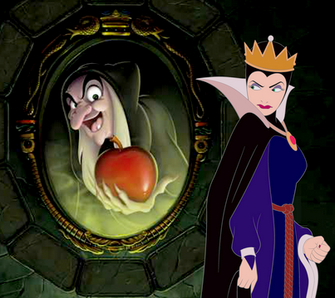
It is interesting to see a new take on a classic story. But I feel that if there’s one place there can be something evil simply for the purpose of being evil, of being an antagonist, then it’s in a fairy tale. Modern stories, whether films or books, often like us to understand our villains, and they offer justifications to their nature. Modern stories want us to muse over the consequences of disasters and mistreatment. They want to find a justification for it. No one is born bad, they say. Society, or other factors, makes them that way. This take on evil allows us to empathise with the characters, which can deepen the emotions we’ve connected to them – fear, but also pity, or understanding.
I think there’s something to be said for a villain being evil for the helluvit though. The evil element in a fairy tale is often symbolic of something else – a real world danger, for example – and anyway, it’s just as frightening to see that some things are diabolical for no reason, or that there are places in people and in the world that are inherently bad. Understanding a villain can temper our dread or lead us to have misgivings about our condemnation of the character. I like to think I appreciate each way of presenting evil in stories though; I recognise that some stories will suit one more than the other. Of course, one audience might connect with one device over the other too.
Fantasy is in
There’s certainly an appetite for fantasy in fiction at the moment, no doubt helped along by the success of such epics as The Hobbit blockbusters and the Game of Thrones HBO series. It’s colliding with a modern mindset that likes to acknowledge and pay homage to past whilst updating it for the present: film maker Quentin Tarantino had made a career out of honouring the movie genres of yesteryear whilst dragging them into the 21st century with his trademark postmodern flair, and dozens of guitar bands are rediscovering the sounds of the synth-driven 80s. I welcome this approach to the arts; I think it shows a level of humility to recognise the achievements of others and an enthusiasm for the art itself by wanting to take their work further.
Fairy tales are a rich and culturally significant genre that will undoubtedly continue to be mined for both their aesthetic qualities and their allegorical content. There are thin lines between homage, subversion and parody, but recent achievements in adapting classic stories show us it can be done with creativity, imagination and passion for existing works. I find this style of storytelling inspiring and rewarding, satisfying as both a reflective and inventive form of entertainment. It’s inspiring, and subverting fairy tales has inspired some of my own short stories.
